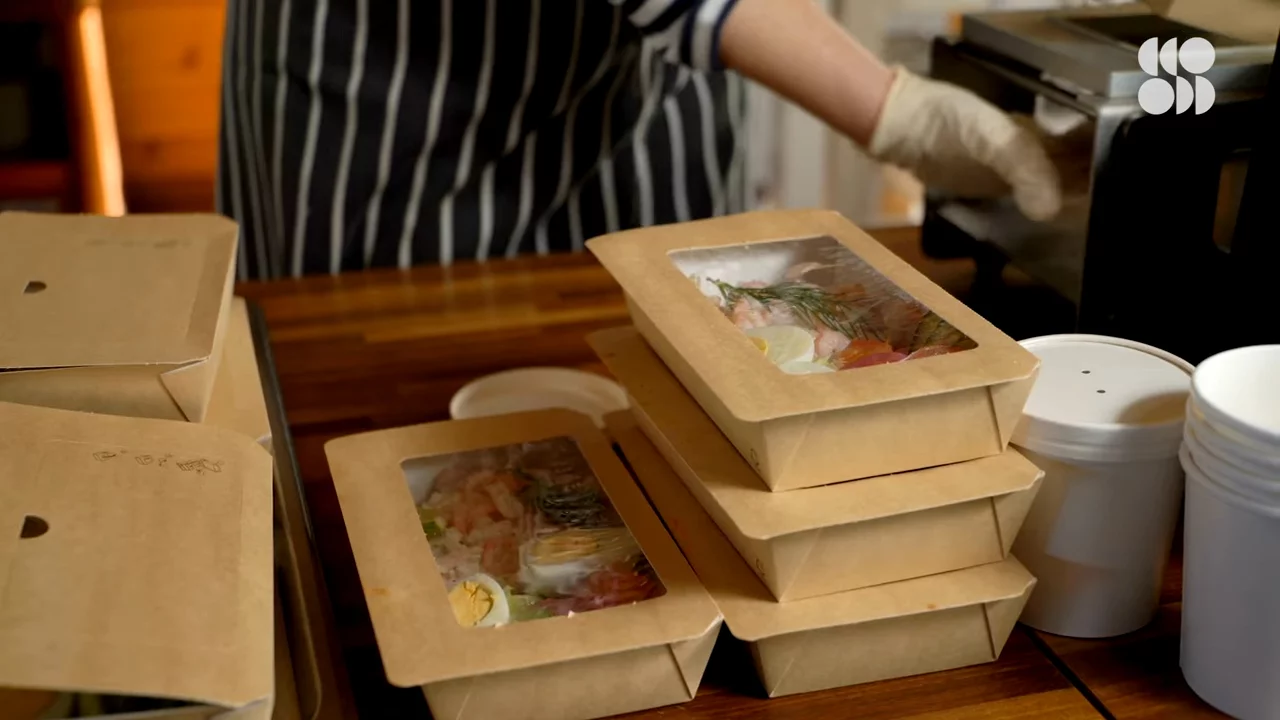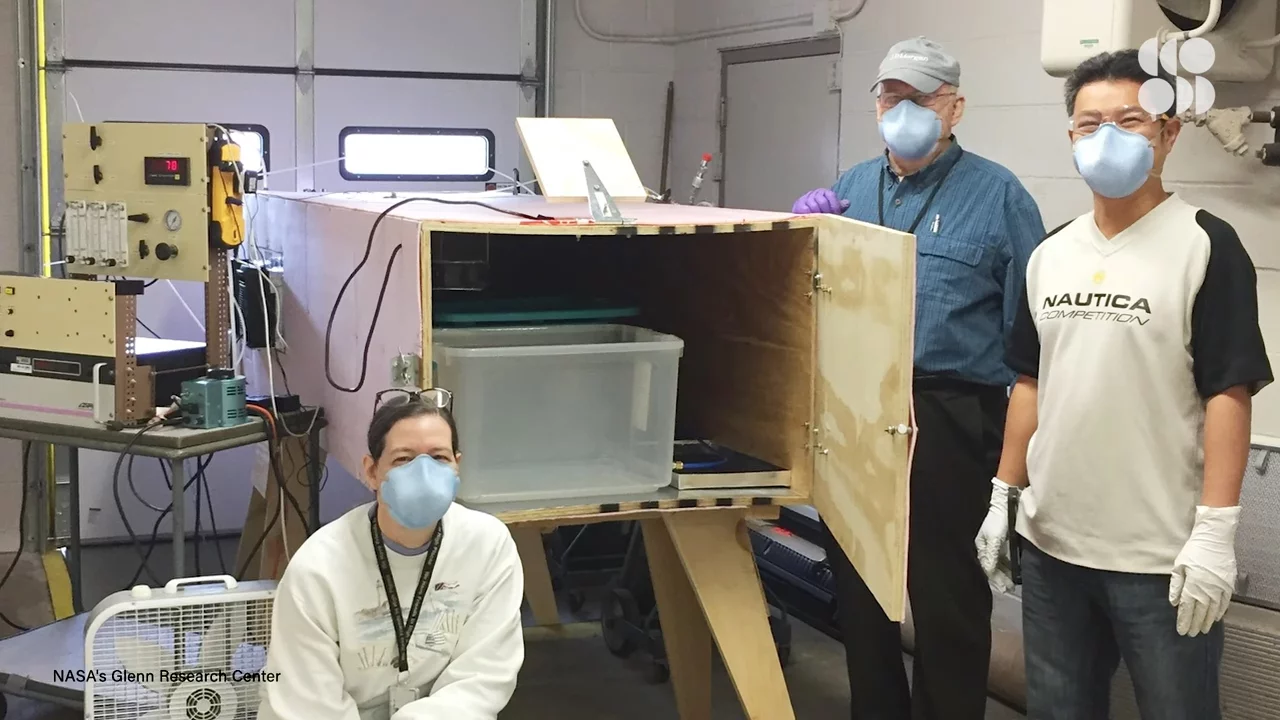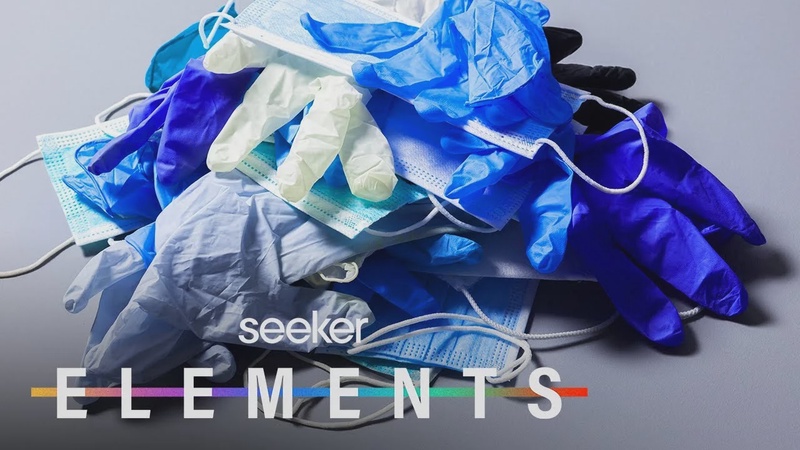The coronavirus pandemic has changed our daily lives in so many big ways, it's easy to lose track of its less obvious impacts. While we’re tracking infection rates and figuring out how to best distribute vaccines, COVID has created just the right conditions for a surge in plastic waste. But scientists are fighting back by exploring ways to reuse protective plastics without compromising people’s safety.
Read More: Deal with High-configuration Laptops Get up to 25% OFF on Laptop On Rent In Delhi NCR.
To start off with a tiny silver lining around a very dark rain cloud, let me first note that CO2 emissions have dropped during the pandemic. Global greenhouse gas emissions in 2020 were down as much as 7% from the year before. People just aren’t traveling as much and industries have ground to a halt. As a result, we’re not burning fossil fuels anywhere close to pre-COVID rates. It’s not much of a consolation, but it’s not insignificant either. Because despite these temporary emission reduction gains, COVID presented new challenges in our efforts to stop using so much plastic.
Take-out meals have become the life preserver of struggling restaurants, and often each meal comes in its own plastic box with a side of single-use utensils. Online shopping has soared and with it the use of packaging materials like plastic bubble wrap. Grocery stores have even brought back plastic bags even though laws were previously passed to outlaw their use. And of course, there’s the plastic product that is emblematic of the entire pandemic: single-use surgical face masks.
Online shopping has soared and with it the use of packaging materials like plastic bubble wrap. Grocery stores have even brought back plastic bags even though laws were previously passed to outlaw their use. And of course, there’s the plastic product that is emblematic of the entire pandemic: single-use surgical face masks.
Unlike reusable cloth masks, these masks are built for people in high-risk areas, like hospitals, who need to change their masks often and need an easy way to go about doing that. Being able to dispose of a mask after just one use and replace it with a sterile one has huge advantages. But the need to keep healthcare workers protected from infection means these masks— along with other protective equipment like face shields, N95 masks, and surgical gowns— are used and discarded at an incredible rate.
In Wuhan, China, the total amount of medical waste generated in 2020 jumped an estimated 25% from the previous year. Unfortunately, most of this disposable medical gear is made from polypropylene, a plastic derived from fossil fuels. Single-use medical gowns and drapes, for example, are typically constructed from polypropylene laminated in a breathable film that works to keep viruses and microorganisms at bay.
So, where does that leave us? The ideal solution would be to have personal protective equipment that keeps the people fighting for our health safe while also ensuring the health of our planet. That equipment would either be reusable or biodegradable…or both.
A reusable biodegradable product is something of an oxymoron, and while there are organic alternatives to plastic, such as cellulose and seaweed, the cheap price of crude oil means that plastic is more economically viable. So, scientists are looking at ways to improve and augment what we already have.
Researchers at the University of California Irvine are testing out charged nanoparticles that repel viruses and can be embedded in plastics. Others are finding ways to cheaply and effectively decontaminate used masks. Scientists in Ohio have teamed up with NASA and have had early success decontaminating thousands of N95 masks at once with peracetic acid aerosols. After running the masks through a 76-minute cycle, the team found a 99.9% reduction in viral contamination. Even more exciting is that this process can be scaled up to decontaminate 20,000 masks a day, or enough to cover the needs of a large hospital, while allowing single-use masks to be reused at least 5 times before they start to show wear!
Scientists in Ohio have teamed up with NASA and have had early success decontaminating thousands of N95 masks at once with peracetic acid aerosols. After running the masks through a 76-minute cycle, the team found a 99.9% reduction in viral contamination. Even more exciting is that this process can be scaled up to decontaminate 20,000 masks a day, or enough to cover the needs of a large hospital, while allowing single-use masks to be reused at least 5 times before they start to show wear!
Other researchers at NASA, in their NASA way, are looking into how atomic oxygen freed up from ozone molecules can break the bonds in a coronavirus’s membrane. Will any of these approaches be effective, scalable, and easy to adopt? Will they have a meaningful impact? It’s too early to say. So, in the meantime, what can we do?
Well, the same advice from pre-covid applies: Reduce or eliminate plastic use where you can. If you use surgical face masks, consider switching to a natural fiber cloth one and be sure to wash it after each use.
When this is all over, fossil fuels and greenhouse gas emissions are still going to be a huge issue. Because in 2020 alone, an estimated 1.5 billion masks entered our oceans. More than anything, the surge in plastic waste is just another reason to do your part to end the pandemic as soon as possible. The public health and environmental crises do not stand alone, and we can all take steps to make sure that both the health of people and the planet stay protected.


No comments yet